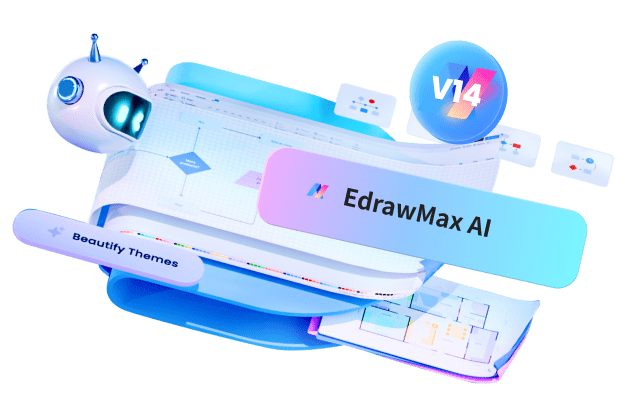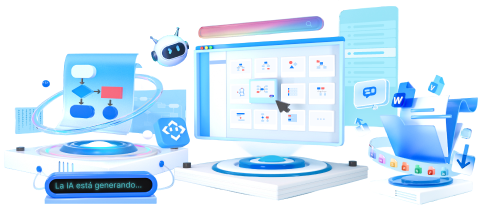In today's complex and rapidly changing business environment, organizations face more risks and uncertainties than ever before. Being reactive is no longer enough to effectively deal with these challenges. Proactive risk management has become essential for organizations to anticipate potential threats, make informed decisions, and take actions to mitigate risks before they escalate into crises.
This article will examine the importance of proactive risk management, types of proactive risks, handling reactive and proactive risk strategies, the role of robust risk assessment, and creating a risk management diagram using EdrawMax.
Part 1: What is Proactive Risk Management?
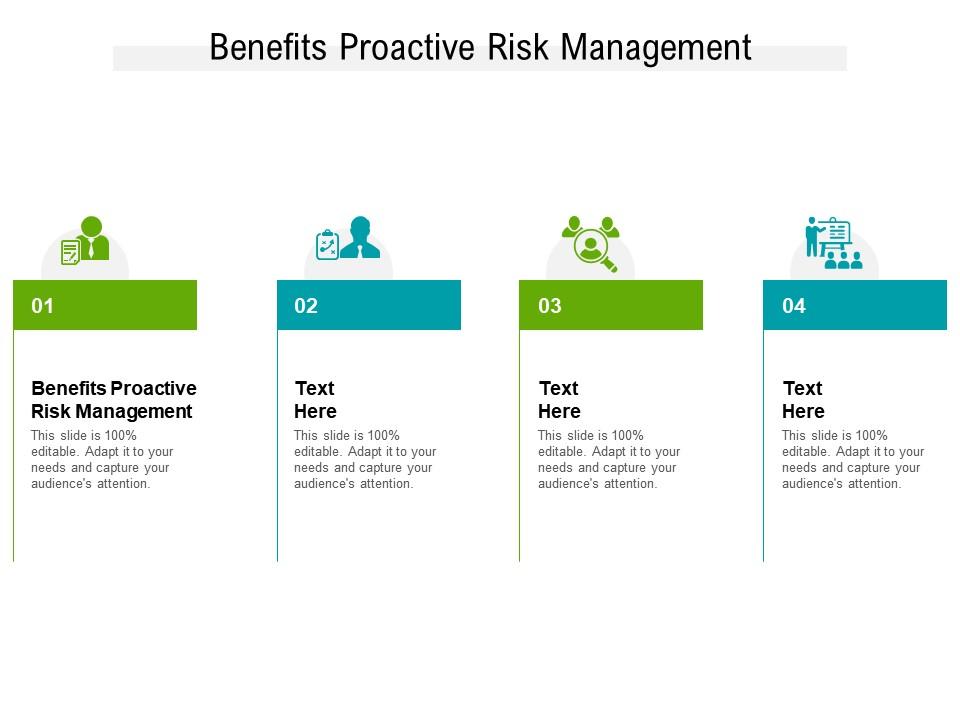
Proactive risk management refers to the practice of actively identifying, analyzing, and planning for potential risks before they occur. The goal is to foresee probable risks, estimate their potential impact, and implement preventive measures to avoid or minimize losses.
This forward-looking approach enables organizations to get ahead of uncertainties and exercise better control over outcomes.
Key benefits of proactive risk management include avoiding surprises, reducing costs, protecting value, seizing opportunities, and gaining strategic advantage.
Part 2: Types of Proactive Risks
Here are various types of proactive risks:
- Strategic Risks: Emerging from changes in business strategies, market shifts, or technological advancements.
- Operational Risks: Associated with internal processes, systems, and human errors, aiming to enhance efficiency and minimize disruptions.
- Compliance Risks: Arising from non-compliance with regulations, laws, or industry standards, requiring proactive measures for adherence.
- Reputational Risks: Stemming from public perception, brand image, or stakeholder trust, necessitating proactive reputation management.
- Innovation Risks: Inherent in pursuing new ideas, technologies, or products, requiring proactive assessment and mitigation.
- Environmental Risks: Resulting from ecological factors, climate change, or sustainability issues, demanding proactive sustainability strategies.
Part 3: Implications in Handling Reactive and Proactive Risk Strategies
Many organizations have traditionally practiced reactive risk management, responding to events only after things go wrong. This approach can be detrimental as organizations lose the ability to influence outcomes. Proactive risk management enables organizations to better control situations in the face of uncertainty. It provides lead time to gather information, assess alternative strategies, and implement solutions.
However, proactive strategies require resources for continuous monitoring and planning. Organizations need to strike the right balance between proactive and reactive strategies based on factors such as risk appetite, cost-benefit tradeoffs, and organizational culture.
Part 4: Role of Robust Proactive Risk Assessment
The cornerstone of effective proactive risk management is conducting robust risk assessments. This involves risk identification, analysis, and evaluation. Various techniques like SWOT analysis, scenario planning, financial forecasting models, inspection audits, and hazard analysis are used to identify probable risks and estimate their likelihood and potential impact. Identified risks are then evaluated to prioritize response and select appropriate risk control measures like risk avoidance, reduction, transfer, or retention. This rigorous assessment provides the foundation for devising risk management strategies, policies, and action plans.
Part 5: Creating a Risk Management Diagram Using EdrawMax
EdrawMax stands as a pivotal tool in risk management, offering a comprehensive suite of features specifically designed to streamline the creation of risk management diagrams. Its intuitive interface, diverse templates, and extensive symbol libraries allow professionals to map out intricate risk scenarios effortlessly.
By leveraging EdrawMax's functionalities, users can visually represent diverse risk types, mitigation strategies, and their interconnections, facilitating clearer communication and comprehension across teams. Its collaborative nature enables real-time collaboration, fostering collective input and ensuring a more holistic approach to risk assessment and management.
EdrawMax not only simplifies the creation of these diagrams but also enhances their effectiveness in conveying complex risk-related information, ultimately contributing to more informed decision-making and proactive risk management strategies.
Here are the steps for creating a risk management diagram using EdrawMax:
Step 1:
Open the EdrawMax software on your computer. Navigate to the "Template Gallery" or "Risk Management" category. Choose a suitable template for your risk management diagram. Templates might include "Risk Assessment Matrix," "Risk Control Framework," or "Risk Response Plan."
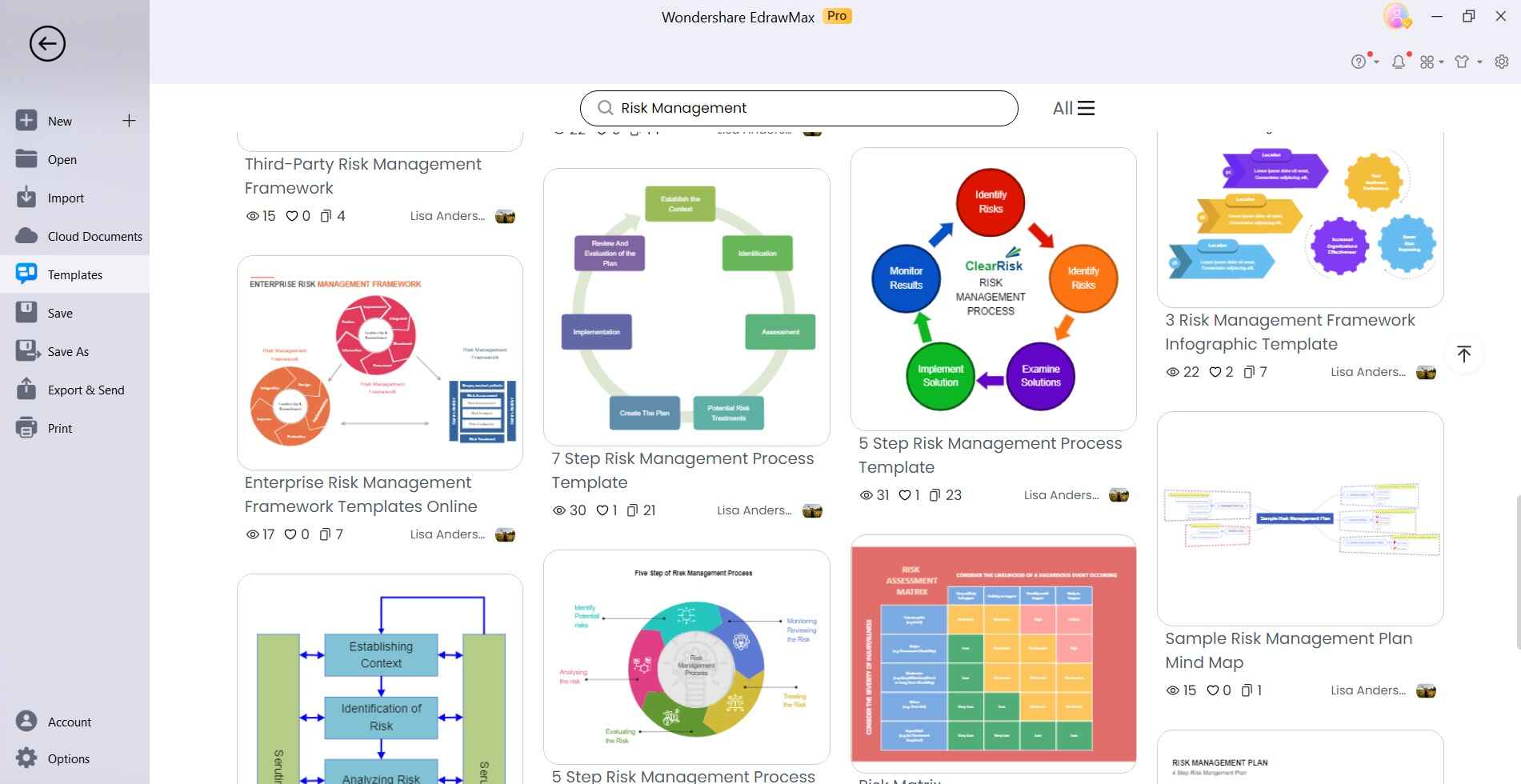
Step 2: Once you've chosen a template, begin customizing it to fit your specific risk management needs. You can modify text, add or remove shapes, adjust colors, and resize elements as required.
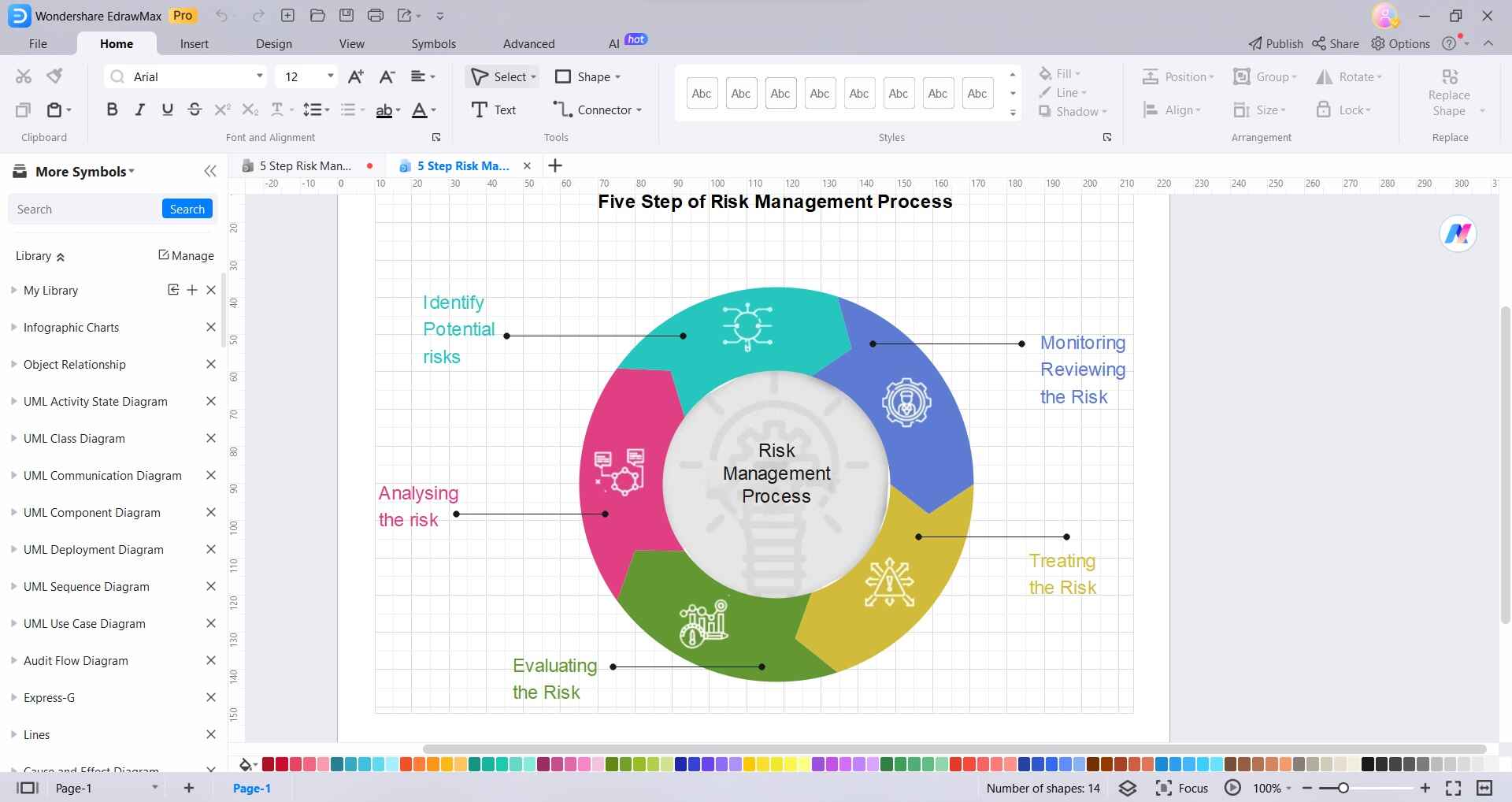
Step 3: Use the tools in EdrawMax to add shapes or symbols representing different types of risks, such as financial risks, operational risks, or compliance risks. Label and categorize them accordingly.
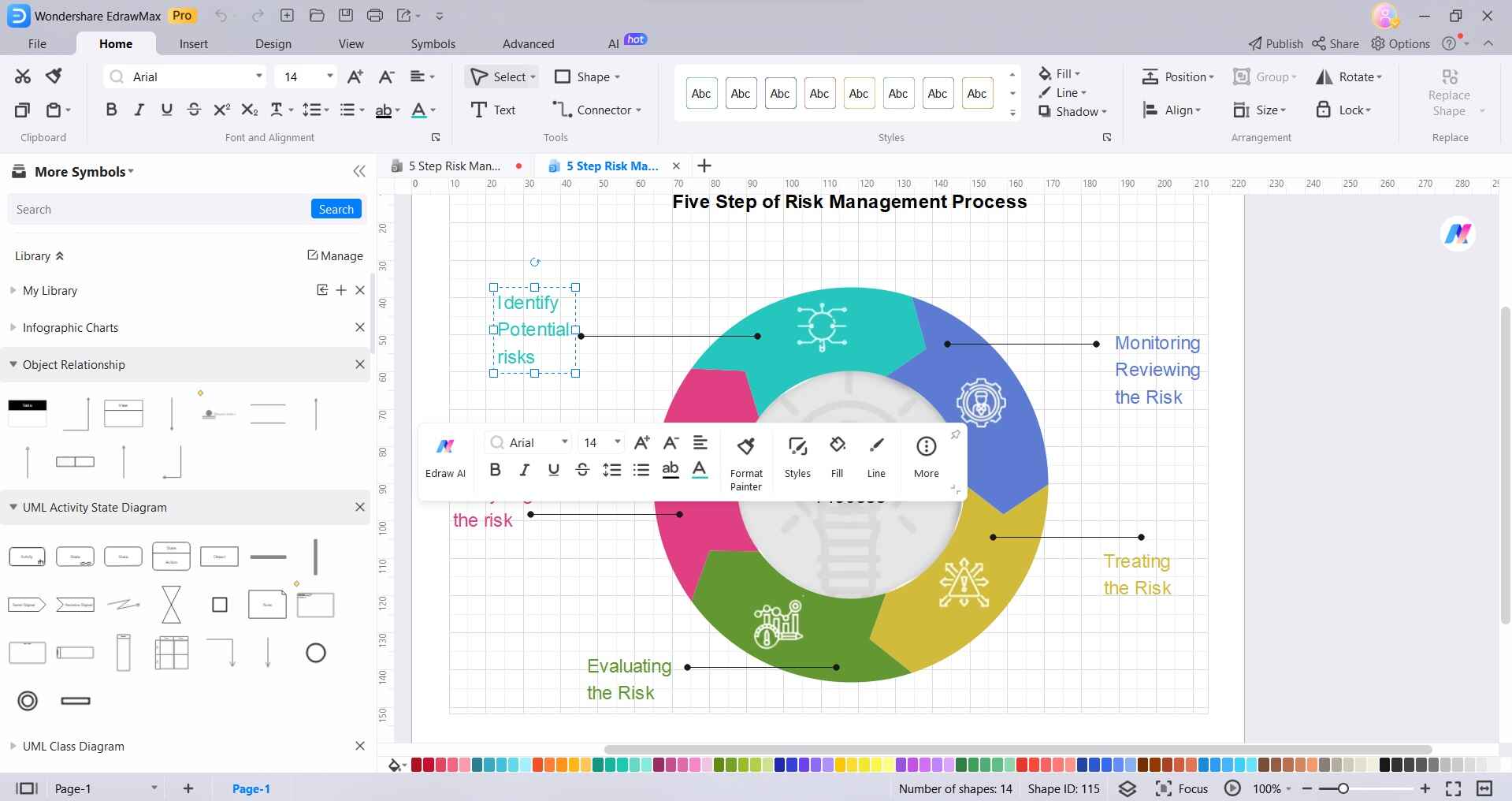
Step 4: Ensure visual clarity by adjusting the layout, font sizes, colors, and styles. Use formatting tools to emphasize critical elements or to group related risks and strategies.
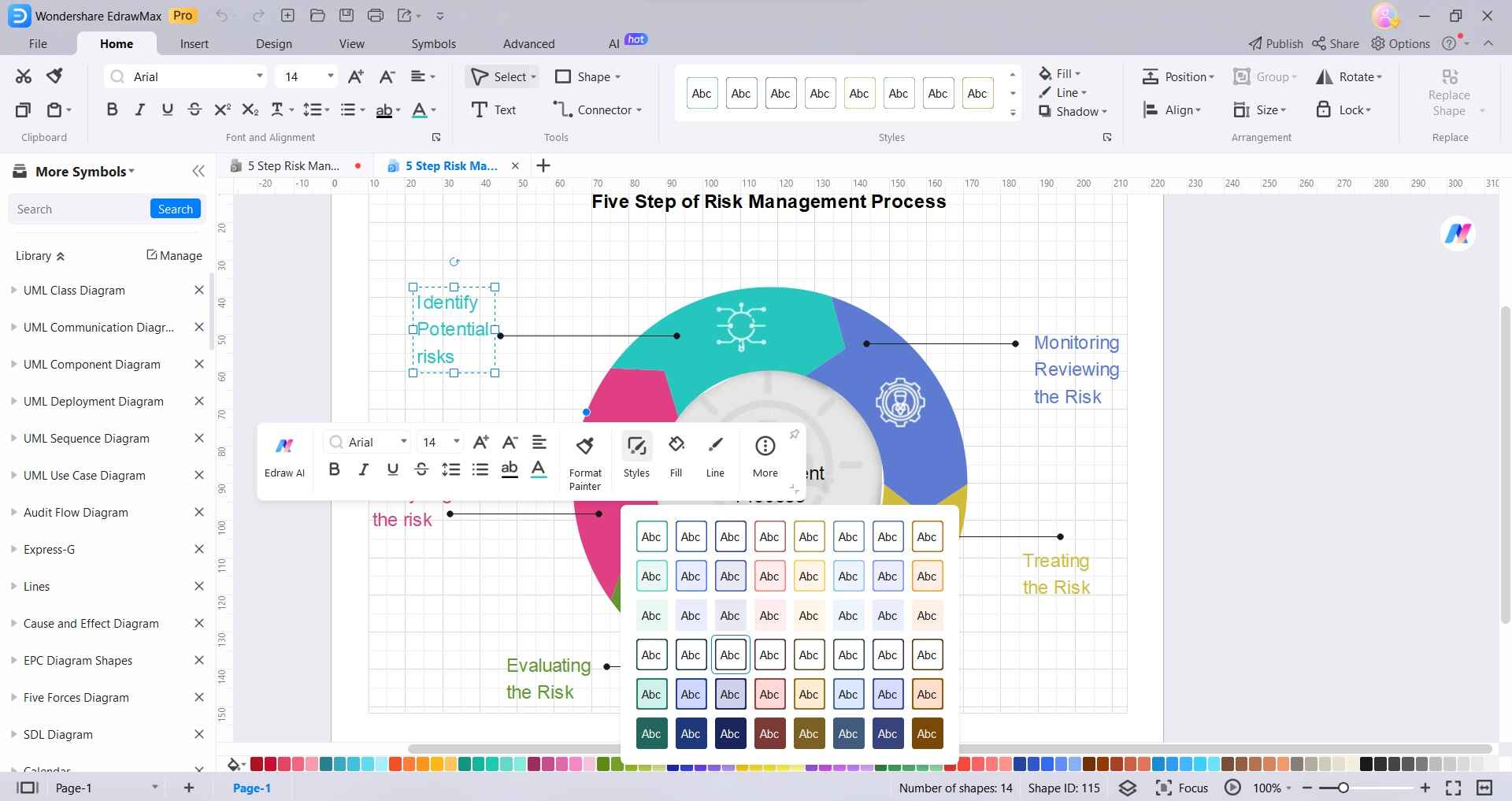
Step 5: Save the completed risk management diagram in your preferred format (e.g., PNG, JPEG, PDF) to your computer or cloud storage. Share it with stakeholders, team members, or decision-makers to facilitate discussions or further actions based on the risk assessment.
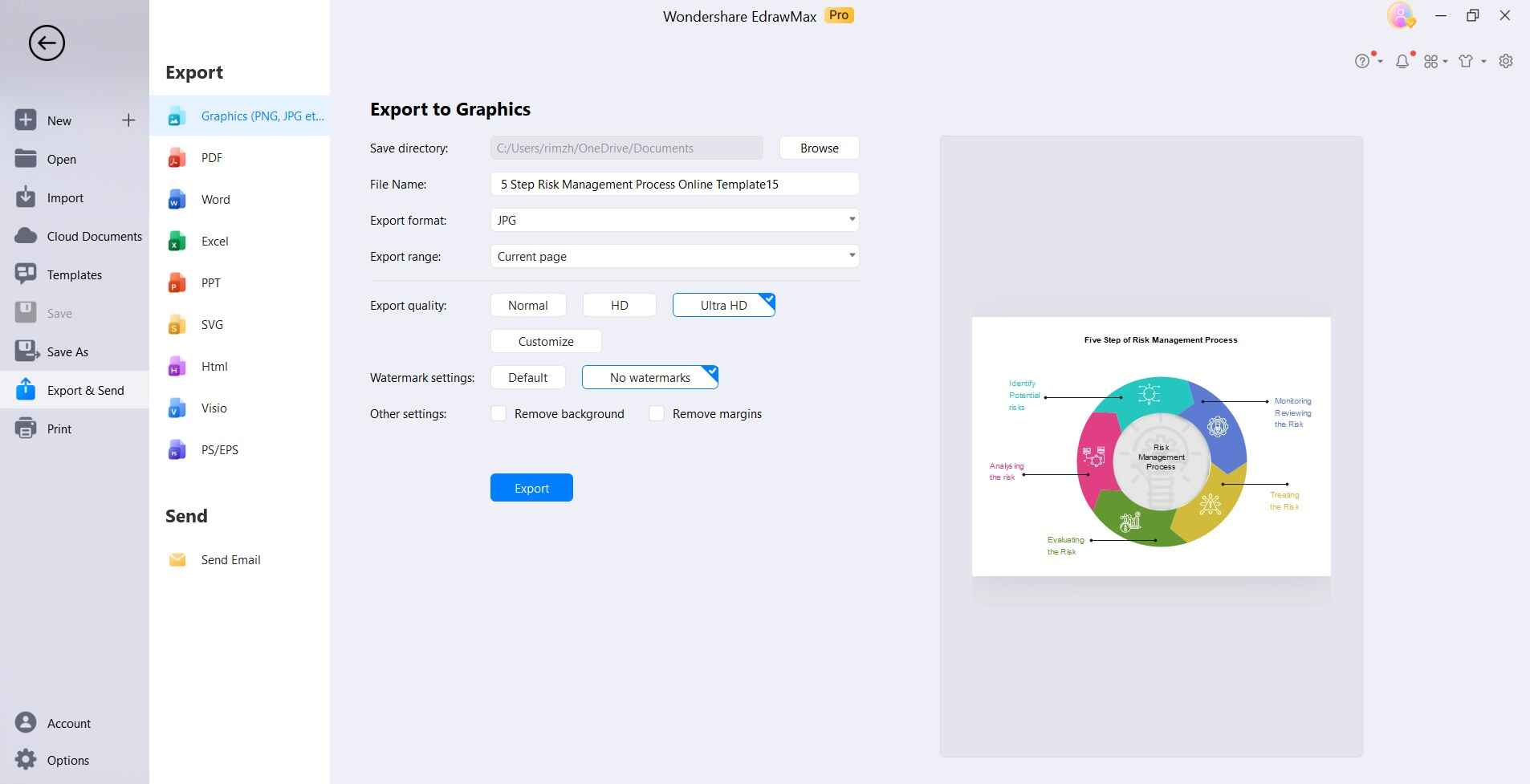
Following these steps using EdrawMax's intuitive interface and dedicated templates can simplify the creation of a comprehensive and visually appealing risk management diagram tailored to your specific needs.
Conclusion
Proactive risk management enables organizations to anticipate potential risks and employ preventive measures in a dynamic environment. However, it requires significant effort for continuous scanning of the business landscape and robust assessment of emerging threats.
Organizations need to dedicate resources and develop a risk-aware culture to realize the benefits of proactive strategies. With growing uncertainties and complexities, proactive risk management is becoming an indispensable practice for resilient businesses prepared to navigate the turbulence of the future.

